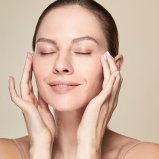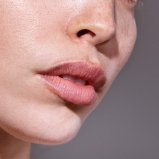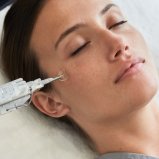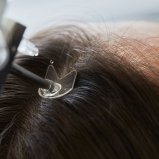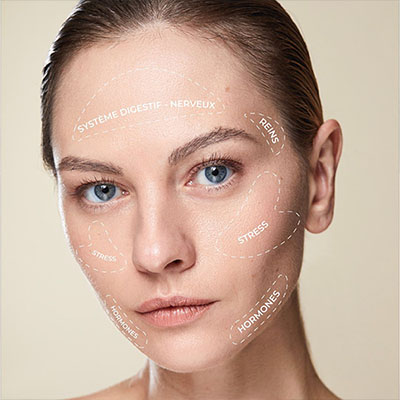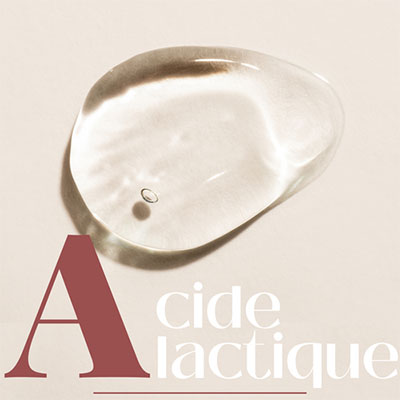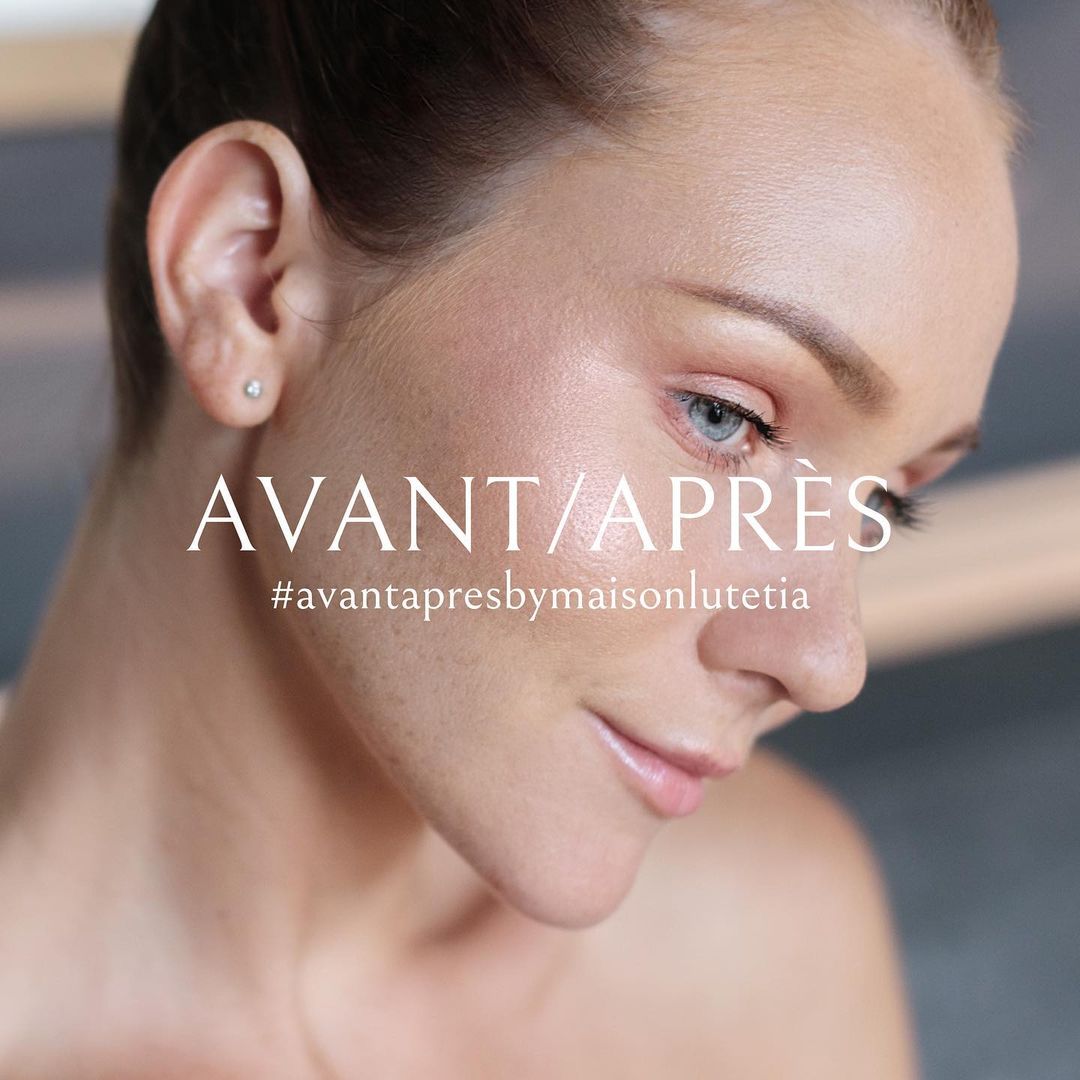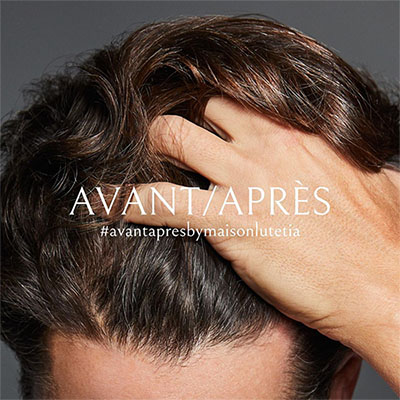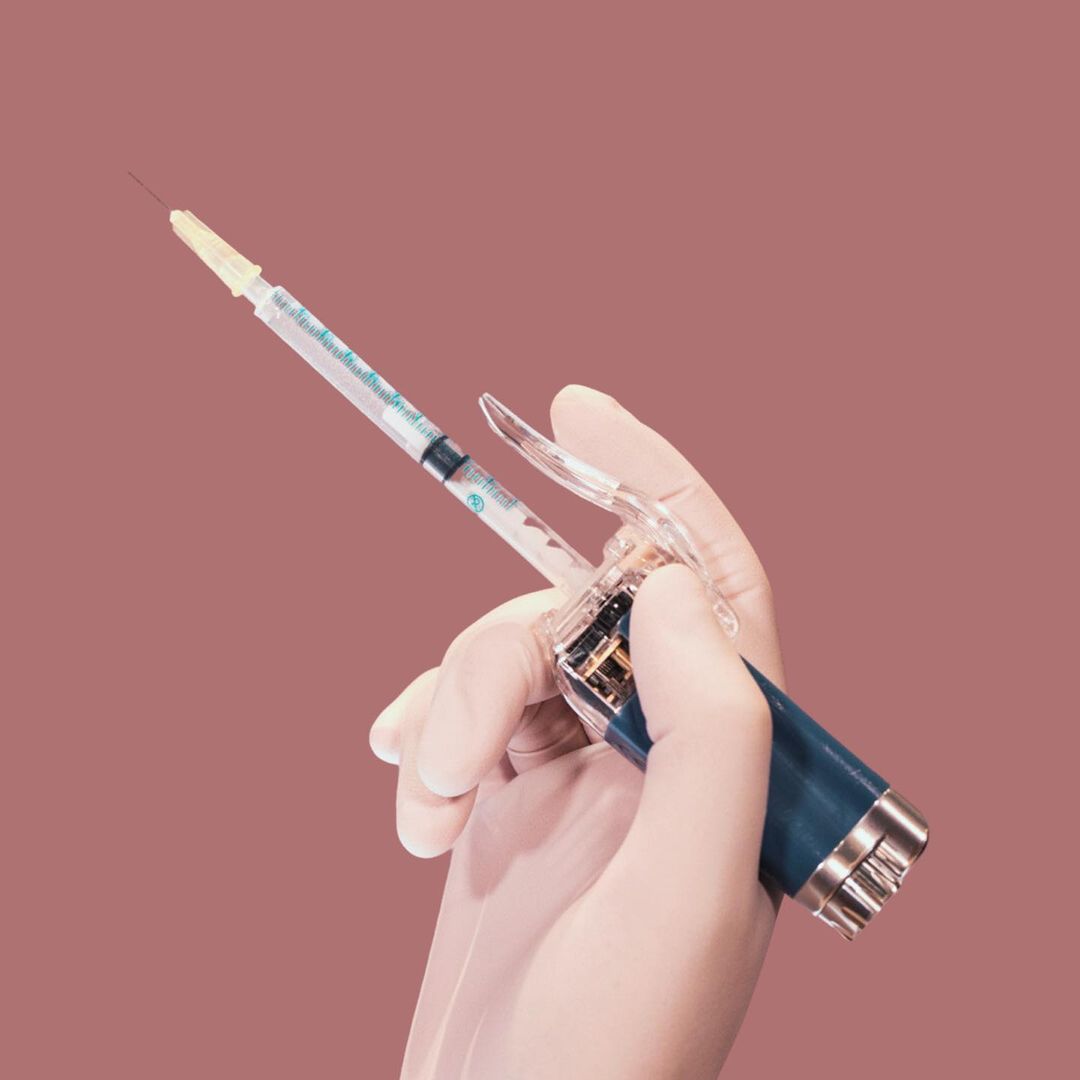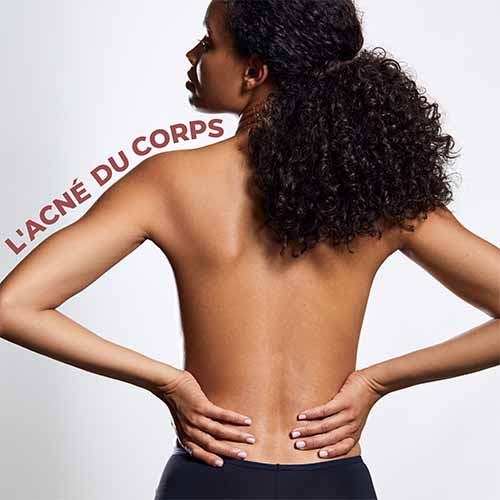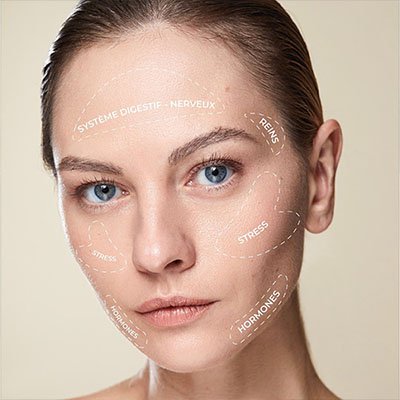No, brown spots are generally not dangerous for health! While they are sometimes seen as bothersome from an aesthetic point of view, at Maison Lutétia, numerous treatments are available to reduce their appearance. Although benign, it is still important to remain cautious, as a melanoma (skin cancer) can be confused with a lentigo, which is a age spot. If in doubt, consult a dermatologist.
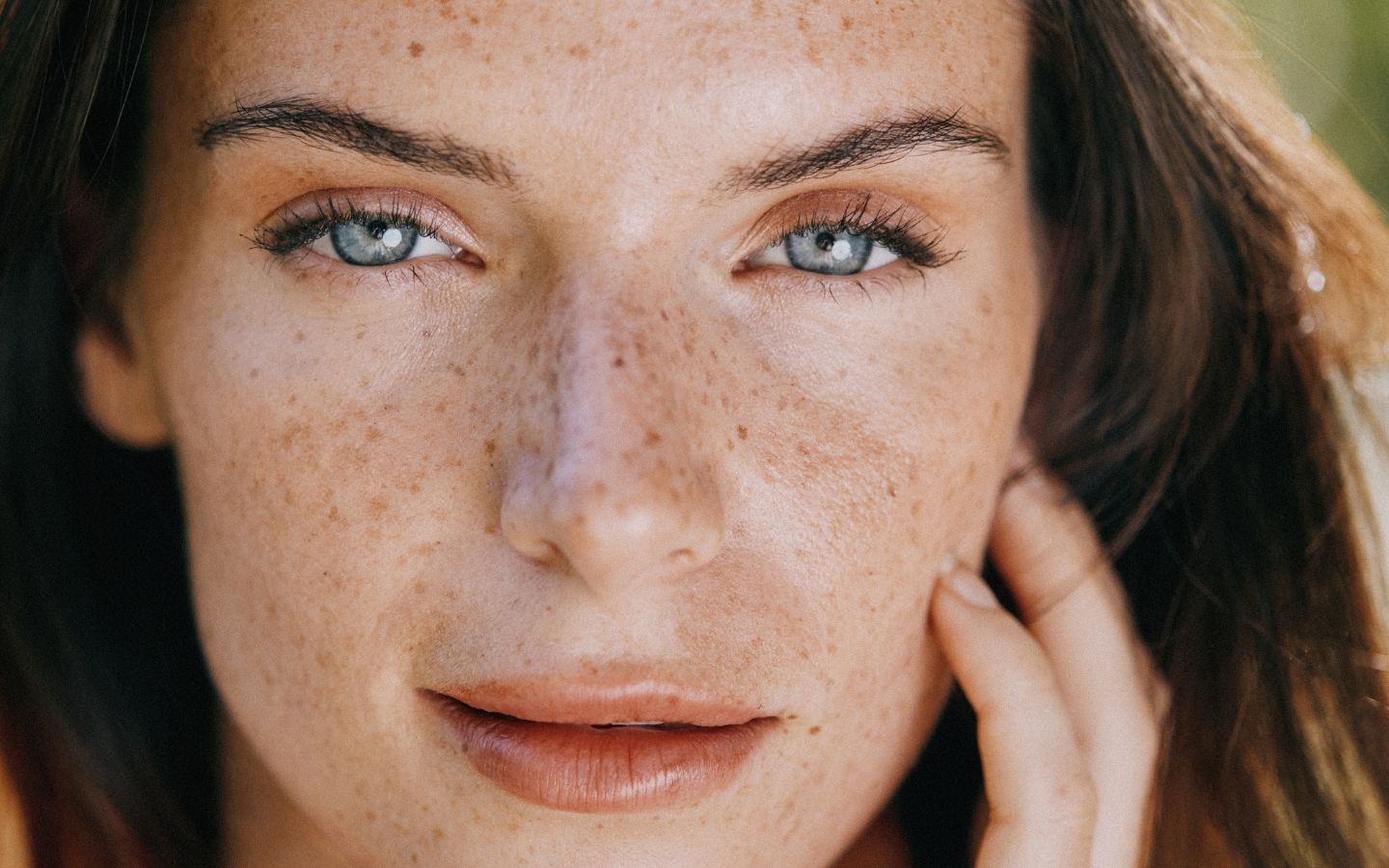
Hyperpigmentation spots
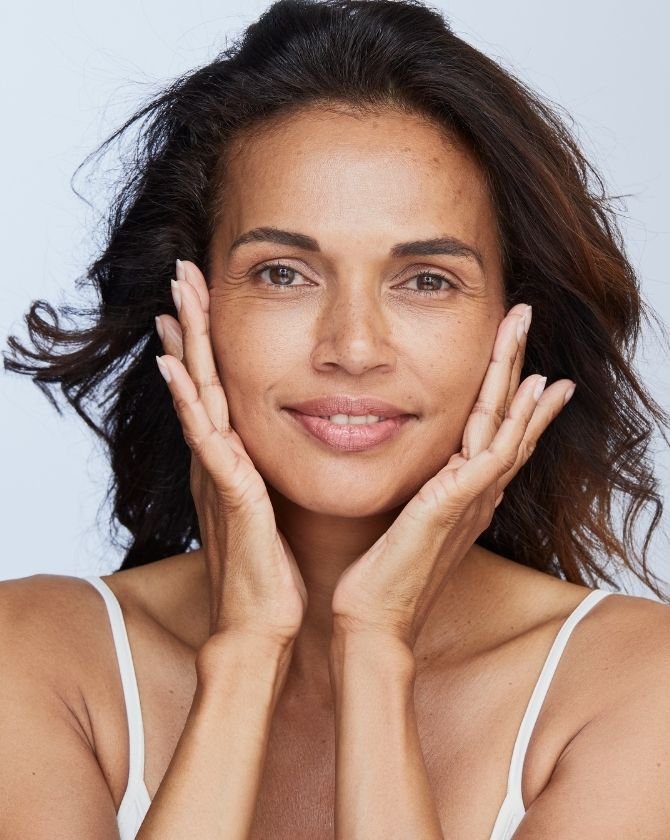
What is a brown spot, and what causes pigment spots?
It’s a dark-colored spot that appears on the face or the body, whose origins and causes are varied:
When the epidermis becomes saturated, as can happen after intensive sunbathing, melanin clumps together in fragile areas, forming spots.
If you’re pregnant and you notice a rash of brown spots, they’re hormonal and are triggered by the sun. This hyperpigmentation is called melasma or the pregnancy mask.
These pigment spots can also be linked to a cellular dysfunction similar to skin stress, leading to an overproduction of melanin.
If you notice brown spots on a family member's skin, you may also have developed a predisposition to hyperpigmentation.
Post-inflammatory hyperpigmentation is the result of excess melanin production following skin inflammation. Cytokines and inflammatory mediators sometimes stimulate melanocytes, resulting in increased melanin production.
Find the treatments that fit your needs.
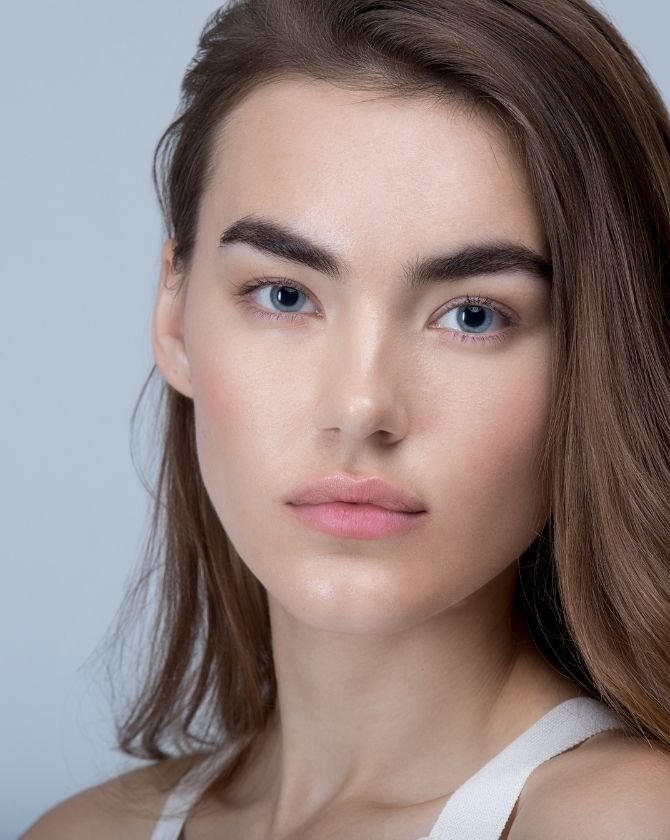
Pregnancy mask or melasma
From the Greek word "melas" or "black," melasma or chloasma is commonly called a pregnancy mask. It is hyperpigmentation that appears as brown spots on the skin. The spots' color gradually intensifies with sun exposure.
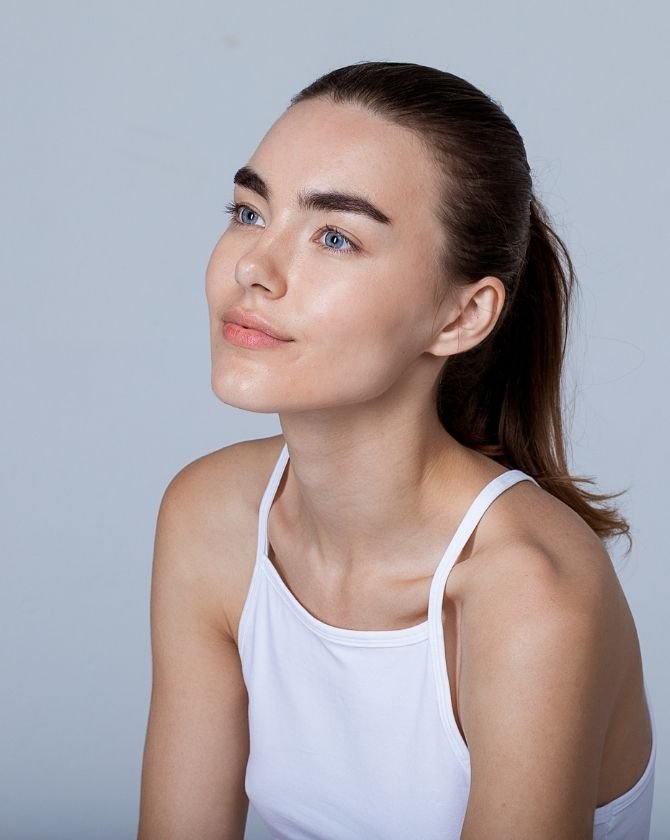
Age spots or lentigos
LaseMD® Ultra promises that your skin will be free of imperfections, thanks to the combination of a fractional laser and a solution full of active ingredients adapted to your skin. Ideal for those whose skin is marked by fine lines, pigmentation spots, acne, and scars.
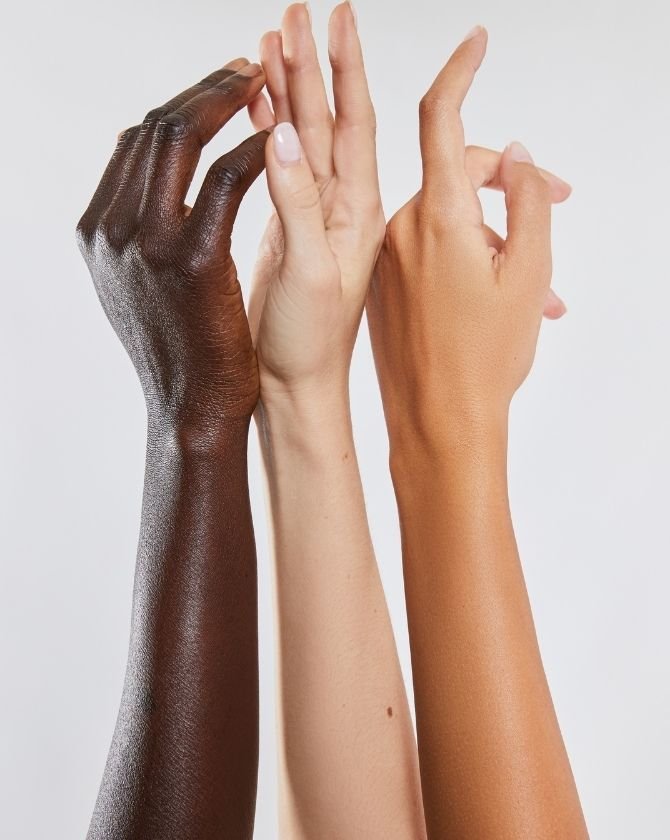
Marks on the hands
Hands are one of the first areas affected by skin aging. Delicate, thin, and exposed to the sun, the skin on the hands marks easily, wrinkling and becoming pigmented with time. To rejuvenate your hands, various treatments are available at Maison Lutétia.
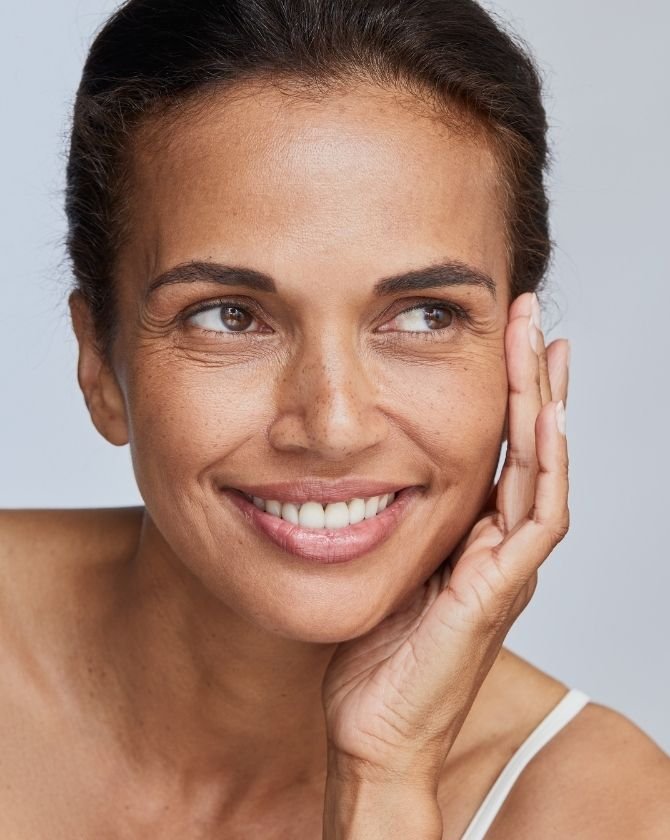
Acne scars in adulthood
Acne scars usually appear after inflammatory acne, when a pimple or a wound does not heal properly and does not form enough connective tissue. As a result, a scar develops under the skin, and a slight indentation is visible. These marks are also known as stigmata scarring.
Are pigmented spots dangerous for health?
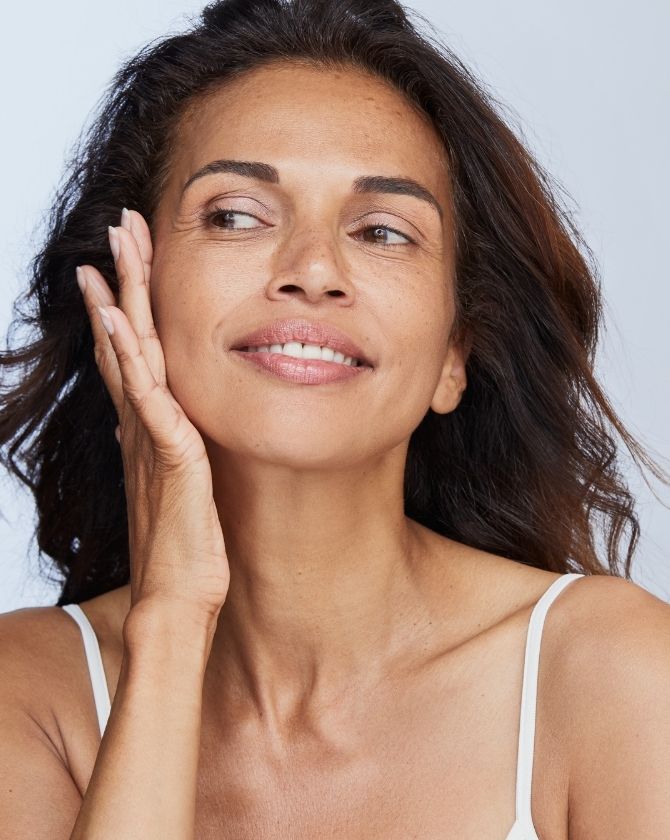
The different types of pigment spots
Lentigos or age spots
Lentigo (or lentigine or age spots, lentigo senile, lentigo solaris) is a hyperpigmented, flat, or slightly raised spot that can appear anywhere on skin exposed to the sun.
Melasma, chloasma, or pregnancy mask
Melasma, also known as chloasma, is a form of facial hyperpigmentation, particularly on the cheeks, nose bridge, forehead, and upper lip. About 10-15% of pregnant women are affected by melasma, also known as the "pregnancy mask," as endogenous hormones (i.e., hormones produced naturally in the body) stimulate melanocytes (melanin-producing cells located in the basal layer of the epidermis), resulting in excess melanin production.
Ephelides or freckles
Ephelides, or freckles, are small, pigmented spots that appear from childhood under the effect of the sun, most often on light skins and in redheads. Of light brown color, they’re flat and can form groups with spots of various sizes. They are generally found on the face, the hands, the neckline, and the back.
The nevus or mole
A "mole" or nevus appears due to a proliferation of melanocytes, skin cells that produce melanin. They are usually harmless but, in some cases, can develop into melanoma. Have your moles examined by a dermatologist to make sure they are benign.
Actinic keratosis or a pigmentary lesion
Actinic keratosis is a spot related to overexposure to the sun and is a skin cancer risk. Actinic keratosis lesions most often affect fair skin and sun-exposed areas, such as the face and back of the hands.
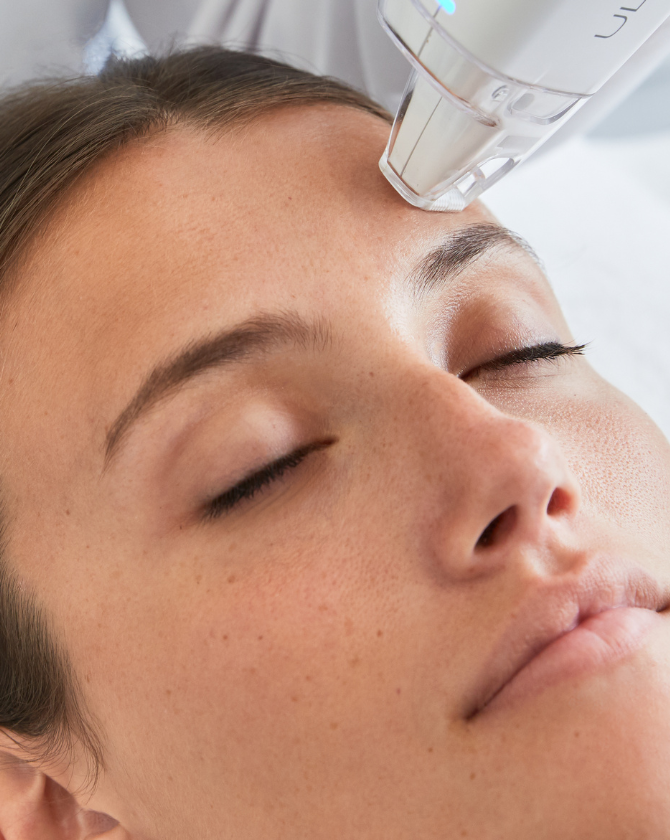
Our treatments to reduce brown spots
Resurfacing Laser
What is it?
The latest generation of non-ablative micro-fractionated laser.
What does it do?
It improves the skin's appearance, texture, and quality and reduces stretch marks and acne scars.
How does it work?
The laser creates micro-holes in the skin that activate the skin’s healing process and cellular regeneration.
What are the areas?
The face, neck, décolleté, and stretch marks.
How many sessions?
3 to 6 sessions for the face, and 6 to 12 sessions for stretch marks, spaced 4 to 6 weeks apart.
How much does it cost?
From 350 euros per session, depending on the area to be treated.
Densifying radiofrequency Microneedling
What is it?
This treatment consists of sending radiofrequency currents to the core of the different layers of skin.
What is it used for?
This treatment is ideal for densifying the skin, reducing dermal fractures (wrinkles, scars, stretch marks), and treating mild acne.
How does it work?
Each pass with the device treats a different layer of the dermis. Thus, the production of elastin, fibroblasts, and collagen is boosted. The treatment encourages coagulation and healing that causes the skin to regenerate.
What are the treated areas?
The face and the body.
How many sessions?
3 sessions are recommended for rejuvenating effects and acne scars. For stretch marks, it’s personalized according to your needs.
How much does it cost?
From 300 euros per session, depending on the area to be treated.
Medical Microneedling
What is micro-needling?
Micro-needling creates micro-perforations on the skin with a handpiece equipped with micro needles.
What does it do?
This treatment is ideal for revitalizing your skin, regaining clear, smooth, and radiant skin, for reducing the appearance of acne scars, pigment spots, and stretch marks.
How does it work?
The micro-needles stimulate the skin with each pass and act on blood circulation. The production of elastin, fibroblasts, and collagen is boosted, improving skin quality.
What are the treated areas?
The face, neck, décolleté, and stretch marks on the body.
How many sessions?
3 to 6 sessions for the face and 6 to 12 for stretch marks.
How much does it cost?
From 250 euros per session, depending on the area to be treated.
The TCA peel
What is it?
The TCA peel uses trichloroacetic acid.
What does it do?
To reduce skin imperfections, such as wrinkles, pigment spots, and acne scars, but also to tighten dilated pores.
How does it work?
Chemical abrasion causes the skin to regenerate by producing collagen and new cells. The skin is repaired, beautified, and rejuvenated.
What are the areas?
The face, the neck, the neckline, the back...
How many sessions?
2 to 3 sessions performed with 2 to 4-week intervals.
How much does it cost?
From 200 euros per session, depending on the treated areas.
The Q-Switched laser
What is it?
It’s a laser that targets lentigos, age spots, and brown spots.
What is it used for?
The Q-Switched laser can safely reduce the appearance of sunspots and certain pigmentations without risk.
How does it work?
It works deep down to destroy colored pigment particles in the dermis using three wavelengths.
What are the areas?
The face, neck, décolletage, and hands.
How many sessions?
1 to 2 sessions, each spaced 3 weeks apart.
How much does it cost?
From 150 euros per session.
LaseMD® Ultra
What is it?
It is a gentle laser peel.
What does it do?
It improves the skin's appearance, texture, and quality, smooths imperfections, fights against acne, and reduces pigmentation spots.
How does it work?
The laser smooths the surface layer of the skin. Depending on the indication, it creates micro-holes through which a serum of tranexamic acid, retinol, or vitamin C is absorbed.
What are the areas?
The face, the neck, the décolleté.
How many sessions?
3 to 6 sessions spaced 2 weeks apart.
How much does it cost?
350 euros per session.
FAQ
How to recognize a pigment spot?
A pigment spot is often smooth, round, oval, and darker in color than the skin.
Where are they located?
They often appear on the sensitive areas most exposed to the sun, such as the hands, face, and décolleté.
Who is affected by brown spots?
Pigment spots can appear on all skin types that have undergone intensive sun exposure or experiencing skin aging.
What are the natural treatments for brown spots?
Fruits full of antioxidants, such as papaya, can be applied as a mask. Also, using lemon juice would lighten pigmentation spots. Finally, certain essential oils, such as carrot oil, can help reduce their appearance.
How to prevent pigmentation spots?
Applying a high SPF sun cream during exposure is the most effective preventive against stains.
Why do lentigos appear?
Melanin becomes concentrated in some sensitive regions in skin aging, accelerated by sun exposure, forming spots.
How to recognize lentigo, and where is it located?
They can appear anywhere prone to exposure, from the hands to the décolleté to the face.
Lentigos: what to avoid?
Sun exposure, smoking, pollution.
What are the different types of lentigos?
Actinic lentigos: These are benign brown spots related to photoaging.
Senile lentigos are also benign pigment spots that appear with aging skin.
Malignant lentigos: This pigmentary spot can turn into a melanoma.
Touraine's neuro dysgraphic centrofacial lentiginosis is an accumulation of brown spots on the skin with a higher-than-average number of melanocytes in the basal layer of the epidermis.
Treatment of age spots
Precautions: Sun protection remains the essential preventive measure against the appearance of age spots.
Our tailor-made aesthetic treatments: Laser Resurfacing, Radiofrequency with micro-needles, Q-Switched Laser, and micro-needling.
What is a pregnancy mask?
Melasma, also known as chloasma, is a form of hyperpigmentation that appears on the face, particularly on the cheeks, bridge of the nose, forehead and upper lip. Around 10-15% of pregnant women are affected by melasma, also known as the "pregnancy mask", as endogenous hormones (i.e. hormones produced naturally in the body) stimulate melanocytes (melanin-producing cells located in the basal layer of the epidermis), resulting in excess melanin production.
Why does melasma appear?
The hormonal disorder caused by pregnancy leads to an overproduction of melanin.
How do you recognize it and where does it appear?
These are pigmented spots that appear on the face, on the cheeks, nose bridge, forehead and upper lip, but also on the body on the hands or décolleté (neckline).
Aggravating factors
Sunlight, genetic predisposition, age and certain anti-epileptic drugs.
Types of melasma
Epidermal melasma: Epidermal melasma is the most superficial. An increase in pigmentation in the upper layer of the skin, the epidermis, characterizes it.
Dermal melasma: Dermal melasma is defined as an increase in pigmentation in the second layer of the skin, the dermis.
Mixed melasma: This is a combination of epidermal and dermal melasma.
Treating a pregnancy mask
Precautions: To prevent pregnancy masks, you must protect yourself from the sun by applying a cream with a high SPF and wearing a head covering.
Our adapted aesthetic treatments: TCA peeling and radiofrequency micro-needling (sessions can be performed after childbirth without breastfeeding).
How to prepare for a brown spot treatment?
Creams in addition to treatment:
The anti-spot or depigmenting cream helps prevent their appearance and even out the complexion if they’re already present. Used on spots every day, it will boost the skin's radiance.
It’s a dermatological-based formula that combines 3 components: hydroquinone, hydrocortisone, and retinoic acid. Together, they act on the different stages of the melanin cycle, lightening the skin and accelerating cell renewal to eliminate pigmentation spots. A dermatologist must prescribe this medical treatment to establish a precise hyperpigmentation diagnosis, as the formula does not treat all brown spots.
When exposed to the sun, the skin is colonized by free radicals that oxidize the cells and attack the epidermis, leading to pigmentation spots. Apply creams with anti-free radicals and antioxidant powers, such as polyphenols or Vitamin C, to fight against depigmentation.
To prevent the appearance of age spots, apply a high-SPF sunscreen whenever you go out in the sun, even if it’s just for a quick lunch in the sun.
Find us
6 Rue Ampère, 75017 Paris
